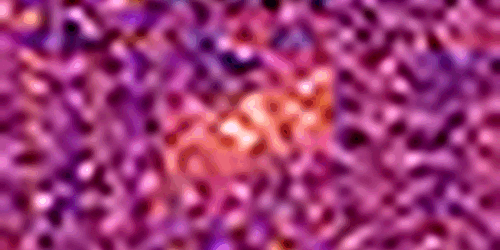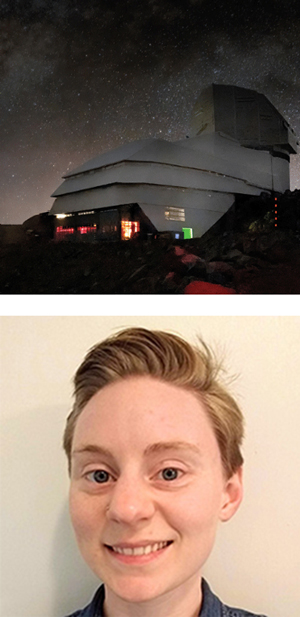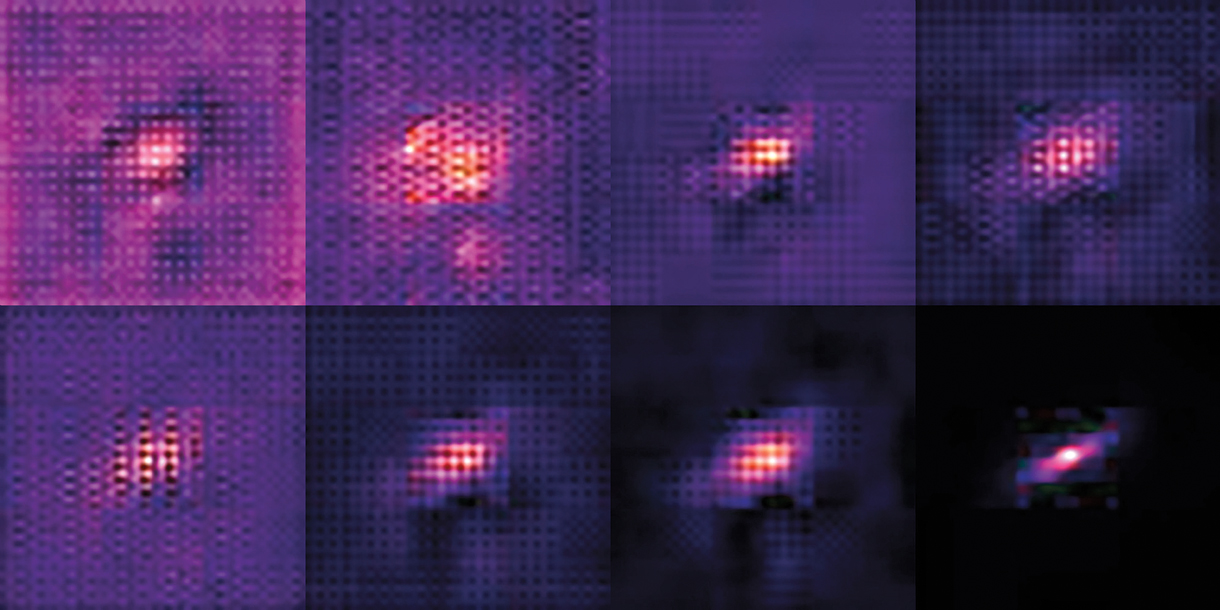Big Idea: AI Algorithm Unblurs the Cosmos

When light emanates from distant stars, planets, and galaxies, it travels through Earth's atmosphere before it hits our eyes. Because shifting pockets of air affect the light traveling through the atmosphere, even images obtained by the world's best ground-based telescopes are blurry. This blur obscures the shapes of objects in astronomical images, sometimes leading to error-filled physical measurements that are essential for understanding the nature of the universe.

Emma Alexander, assistant professor of computer science, and a research team from Northwestern and Tsinghua University in Beijing have developed a solution.
They've adapted a well-known computer vision algorithm used for sharpening photos and, for the first time, applied it to astronomical images from ground-based telescopes.
The resulting images are blur-free and truer to life. While astrophysicists already use technologies to remove blur, the adapted AI-driven algorithm works faster and produces more realistic images than other technologies in current use. The researchers also trained the algorithm on data simulated to match the Vera C. Rubin Observatory's imaging parameters, so when the observatory opens next year, the tool will be instantly compatible.

